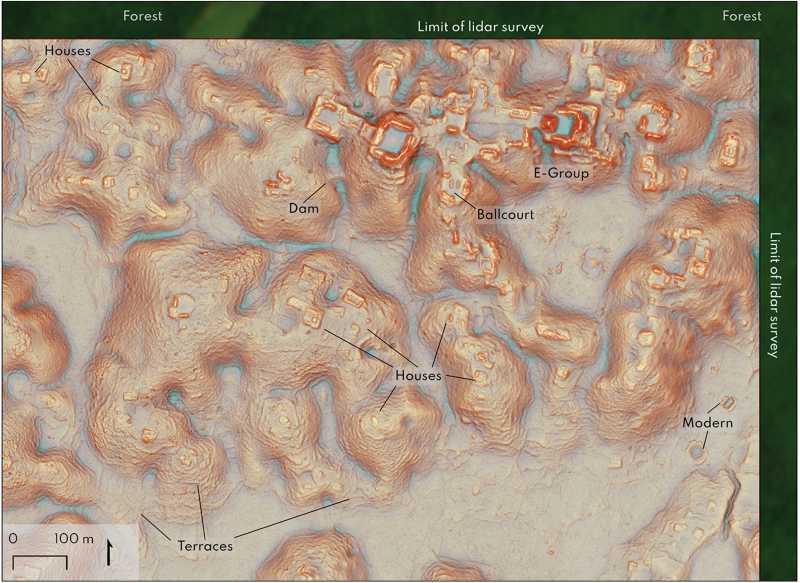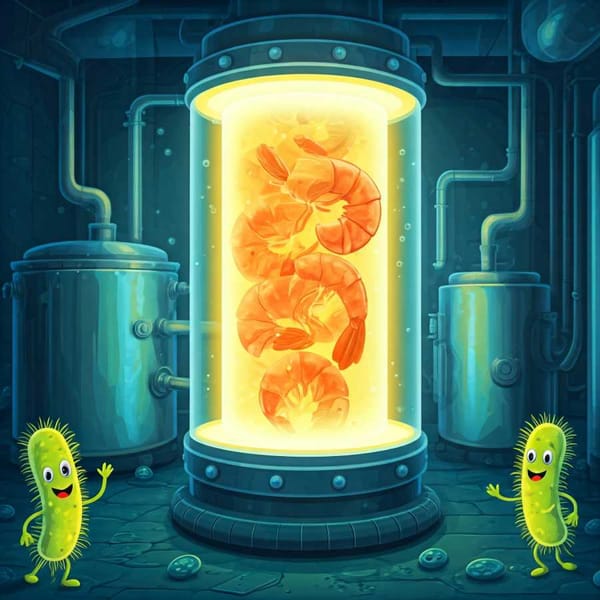How LiDAR Revealed an Ancient Maya City That's Been Hiding in Plain Sight
Archaeologists have discovered a significant new Mayan site in Campeche, Mexico. Named Valeriana, the site spans 16.6 square kilometers and features pyramids, a ball court, and a complex network of roads and structures.

When it comes to history, we often think of textbooks and dull school lessons that left us all daydreaming about lunch breaks and freedom. But every now and then, a story breaks that turns our understanding of the past on its head and makes us sit up in our seats. Enter the latest jaw-dropping discovery from the archaeologists of the Ministry of Culture in Mexico: the site of Valeriana, a monumental Mayan wonder buried in the jungle of Campeche. And let’s face it, even the most history-averse among us can’t help but feel a twinge of excitement at the prospect of a newly unearthed ancient city. This is Indiana Jones territory, minus the fedora and inexplicably low levels of sweat.
Valeriana sprawls over 16.6 square kilometers, which, for comparison, is about the size of central London but packed to the leafy rafters with ancient Mayan relics. It's got everything you could want in a Classic-period (250-900 AD) urban landscape: sprawling plazas, ball courts (because Mayan sports culture was a thing well before football hooliganism became popular), pyramidal structures that would give the Great Pyramids a run for their money, and a fantastically intricate road system. And if all that isn’t enough to whet your historical appetite, the site even boasts a dammed-up reservoir. Yes, the Mayans didn’t just build pretty temples—they had water management systems that would impress your local city council.




